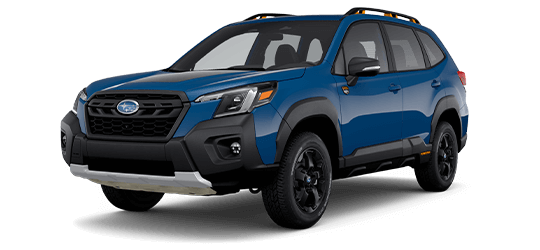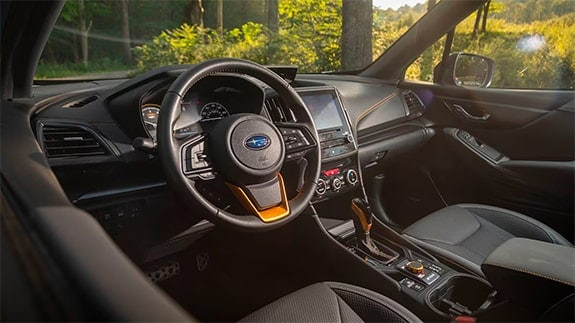It's late at night and you're driving on a dark, lonely country road. Suddenly, the steering wheel tugs in your hands and the car is hard to control. You ease the car to the side of the road and stop. Getting out, you see that the left rear tire is going flat and you don't have a spare.
How To Create Your Own Roadside Emergency Kit
Essential Items To Carry in Your Car
If you have roadside assistance and a cell phone signal, you can call for help. If not, you're either faced with having to hail a passing motorist or spending a night in the boonies. That is, unless you have a well-stocked emergency roadside kit in the trunk of your car. Then you can set out flares to alert other drivers while you inflate the tire with a can of sealant to get you to safety. If these steps fail, at least you'll have food, water and a blanket to keep you comfortable until help arrives.
When it comes to commuting or traveling long distances, a roadside emergency kit can mean the difference between getting back on the road and being stranded for hours. It's the one item every vehicle should have. And yet, most of us don't carry the basic items to help us get back on the road quickly and safely.
See Edmunds pricing data
Has Your Car's Value Changed?
Used car values are constantly changing. Edmunds lets you track your vehicle's value over time so you can decide when to sell or trade in.

When assembling your emergency kit, keep in mind that it should be tailored to the age and condition of your vehicle, your driving patterns and the weather. If you live in an area with no snow or freezing rain, you can skip some of these items. Also, if something on this list is inexpensive and small, you might as well carry it. You never know what kind of situations you might have to deal with.
A basic roadside emergency kit should include some of the following items:
- Jumper cables. Or you can carry a small, portable, lithium-ion battery with jumper cables. Usually, these batteries will also recharge computers and cell phones. Prices for these batteries range from $60-$120. If you go the battery route, though, make sure to keep it charged.
- Flares or triangle reflectors. LED flares are also an option worth considering.
- A quart or more of motor oil
- A gallon of coolant
- First-aid kit
- Blanket or space blanket
- Flashlight and extra batteries
- Tool kit with screwdrivers, pliers, adjustable wrench, pocket knife
- A can of tire inflator and sealant such as Fix-a-Flat
- Tire pressure gauge
- Paper towels
- Spray bottle with washer fluid
- Ice scraper (if you live in an area with snow)
- Pen and paper
- Granola or energy bars
- Bottled water
Once you have assembled your roadside emergency kit, find a good way to keep these items together in your trunk so they don't roll around. Even a simple cardboard box works well. A backpack is another option. But make sure the kit is quickly accessible because you might need it in a hurry.
You also can buy pre-assembled emergency roadside kits that come in handy storage bags to keep the items organized. A quick Internet or Amazon search will locate dozens of such kits ranging in price and size. This DIY kit requires more work, but covers more than just the basic items we've listed here.
Before you actually use your kit in an emergency situation, take some time to familiarize yourself with the items you've collected and how to use them properly. Also remember that the most important thing is to exercise good judgment. If your car breaks down, make sure you stop on the shoulder, well out of the flow of traffic. Turn on your emergency flashers and, if you have roadside assistance and a cell phone, stay in your vehicle until help arrives. If it's a problem that needs quick response, or you are on that lonely country road, take out your emergency kit and proceed cautiously.
AAA lists "car with a flat tire" as one of the most common calls its roadside service team gets. To be ready in the event of such a problem, familiarize yourself with how to change a tire. In some modern cars, there is no spare tire so you need to use a tire inflator. AAA also points out that its most common calls are related to drivers skipping basic maintenance on their cars, so be sure your vehicle is properly maintained, particularly before going on a trip and at the change of seasons.
Unfortunately, there isn't one tool for all roadside emergencies. But with a little planning and some organization, you'll have a kit that could save the day.

